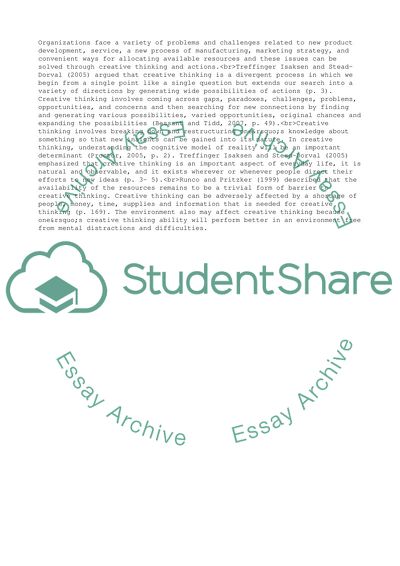Cite this document
(Creativity and Problem Solving Process Research Paper, n.d.)
Creativity and Problem Solving Process Research Paper. Retrieved from https://studentshare.org/business/1736299-creative-journal-entries-entrepreneurship-innovation
Creativity and Problem Solving Process Research Paper. Retrieved from https://studentshare.org/business/1736299-creative-journal-entries-entrepreneurship-innovation
(Creativity and Problem Solving Process Research Paper)
Creativity and Problem Solving Process Research Paper. https://studentshare.org/business/1736299-creative-journal-entries-entrepreneurship-innovation.
Creativity and Problem Solving Process Research Paper. https://studentshare.org/business/1736299-creative-journal-entries-entrepreneurship-innovation.
“Creativity and Problem Solving Process Research Paper”, n.d. https://studentshare.org/business/1736299-creative-journal-entries-entrepreneurship-innovation.


